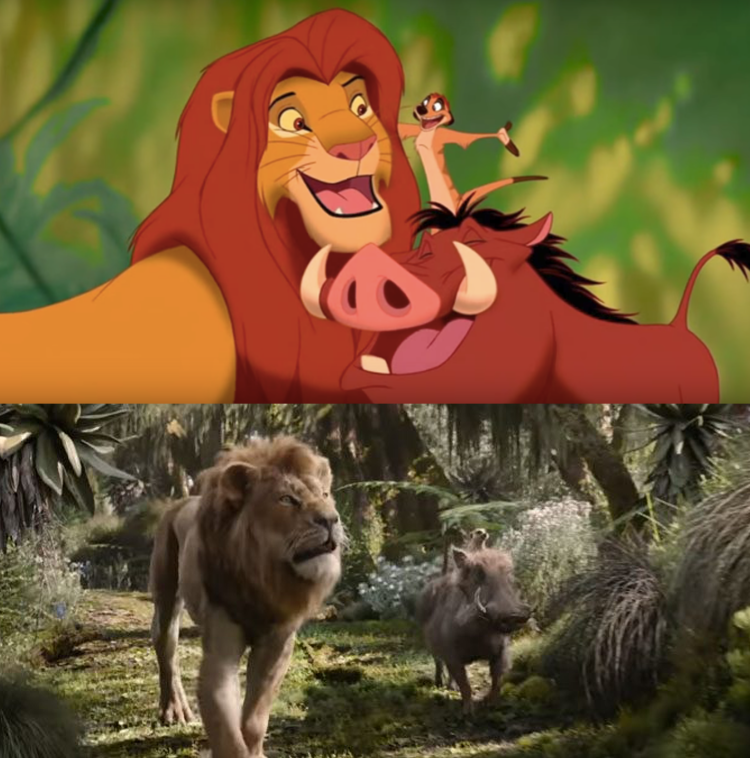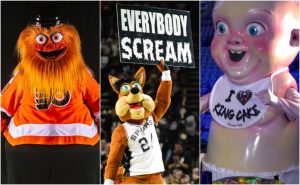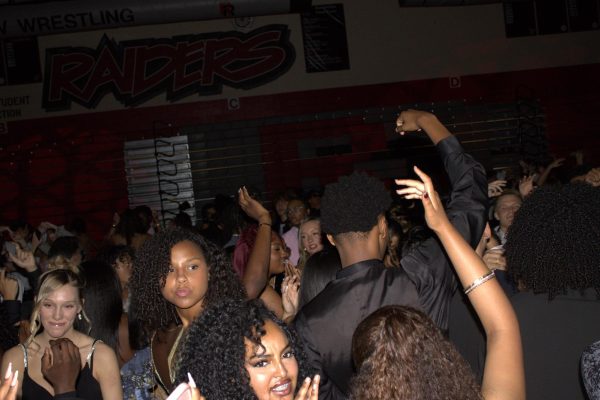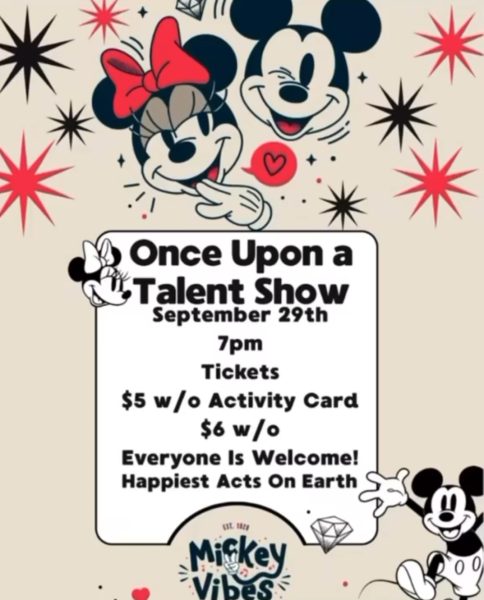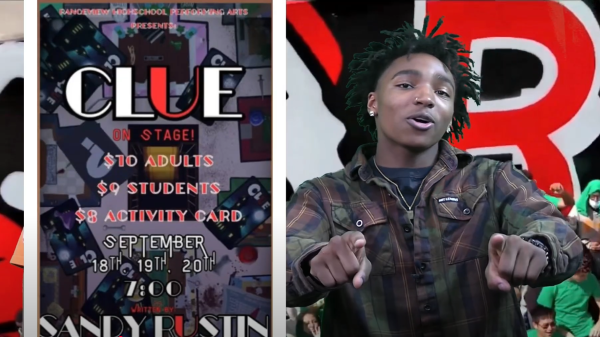The Difference Between Live Action and Animation
Comparison of each movie of two screenshots during the song “Hakuna Matata”. The differences in color dynamic are not as bright in the live action.
September 5, 2019
In recent years, there has been more production in live action remakes of old iconic 2D animation movies. With the exception of Cats, the majority of live action have been remakes, and has taken the movie theaters by storm. There are flaws to each movie alike all other movies, but the problem lies mainly in the “live action” aspect of those movies.
There has been a wide variation of criticism whenever a live action trailer has been released, mainly based on the look of movies. The live action remakes attempt to take the essence of the 2D counterpart and recreate that “magic” and nostalgia into the newer movie. More commonly than not though, there is just something missing to those live action remakes and live action in general that really just separates itself from the original.
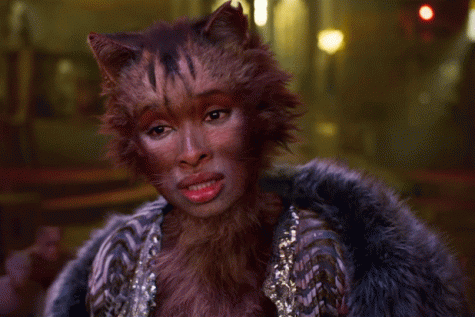
The difficulty that most live action movies face, is the lack of flexibility and artistic creativity. There has always been this emphasis on detail that plays into part of making absolutely everything look realistic.
“Some are good but honestly why? Animation is such a better medium,” said junior Sean Ryland-Winter. “Look at Into the Spider-Verse!”
Take for example: Incredibles 2; it is a sequel and there have been so many visible developments into the detail and style of the animation. There are lint fuzzes in every shirt, many textures carry realism, but it is still stylized in a way where it is recognizable as its own individual style. Hair and facial structure changes to make it look more natural, and overall detail on everything is improved. The problem with remakes are the lack of style—the lack of a specific art style. The remakes stick to live action because that’s just how it is these days. If it’s a stylized animated movie, it will be passed off as a kid’s movie and would not get as much respect in comparison to a live action.
Some argue it’s because of the 2D animations and advantages of pushing those vibrant colors, stretching those emotions, but that doesn’t stop the live actions to experiment with lighting and framing to make it as dynamic, if not more so than the originals.
One example that could be expressed of this most are the movies Aladdin and The Lion King. Both movies have expressed an intense vibrancy in color in their originals, however, when it compares to their live action counterparts, the dynamics are not like they were in the animation. There’s a lack of visual appeal.
“I think they’re good if they can do them right,” junior Melody Baker said. “But a lot of the times they don’t do them right and it ends up trashing on the original.”
Take the genie scene in Aladdin for example, when we first meet the genie, there is a noticeable purple overtone to the scene, or on some screens a vibrant blue. The consistency is that there is a glow around the genie, and that’s what the scene is supposed to do—it draws your eye in. When we look to the live action version, there is only a dull blue, no glow. The scene turns from meeting this all powerful magical being that lives inside a lamp, to this dark scene with a guy, unapproachable because he just popped out of a lamp. You cannot tell his intention.
The lighting in this particular scene is not as attractive to its original counterpart. The genie could practically be blended with the background. There is no visual break in the scene. The reason there was a purple overtone in the original animated version is because it breaks up the color to the background; the genie glows. Where did the life of the scene go? What sacrifices of artistic ability were being made in favor of keeping things realistic?
Again arguing that with the 2D original, the reason they could push those colors was because they just had the ability to do so. But again, on a technical level, the creative directors could have chosen to put a literal spotlight on the genie to give an emphasis that this is the thousand year old magical being.
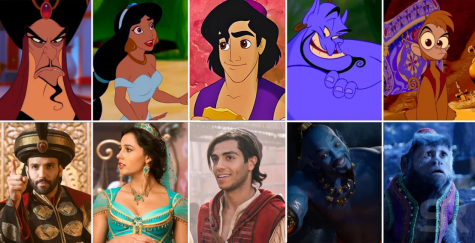
There is a problem of making scenes look visibly attractive in any live action. There is more of an emphasis and clear reliability to the editor and CGI animators to add the visual appeals. The filming process should take on the responsibility of providing some creative carriage. There are just some scenes in movies that are absolutely too dark or too dull to look at by itself.
That is just one part of the problem in live action movies. Another problem of these live action remakes is the CGI itself. As mentioned before, there is a lack of an art style. Cats (2019) has a very humanistic look to the CGI despite being humanized cats; on the scale of how much cat to keep and how much human to keep, there is a distinct heavy emphasis on human despite how many examples in the past of any anthropomorphic cats have had such good design. In Cats, there has been some backlash on how much the new live action animation makes people uncomfortable.
“It’s good, if they do it right. With ‘Cats the Musical’, they messed up on that for the CGI…with the Beauty and The Beast, it was actually better than the original.” said junior Kat White.
Another example of this is in The Lion King remake. The released “live action” music video for “Hakuna Matata,” a very iconic song from the original animated movie, has nothing inherently wrong with the recent video, but there have been very loud criticisms about how bland the video looks. There is just no life to it, the animation is expressionless and again like mentioned before, it’s simply too dark.
There is nothing inherently wrong with live action movies. It is a difficult task into creating something with as much precision and effort in live action movies, but it is a difficult task to make the one–and truly good–live action movie. The unfortunate truth to it however all lies with the lack of creativity and gaining input of what works and what doesn’t.
